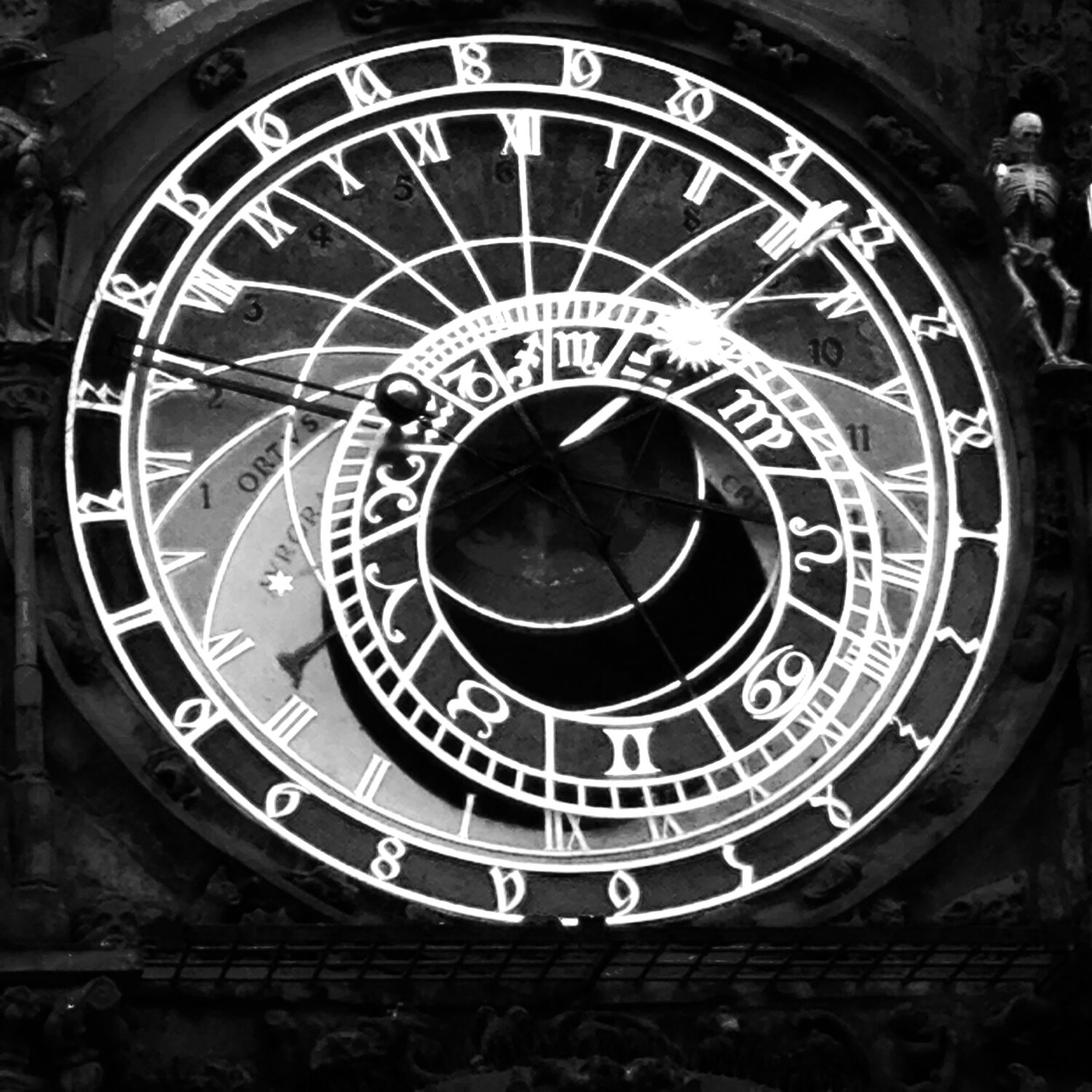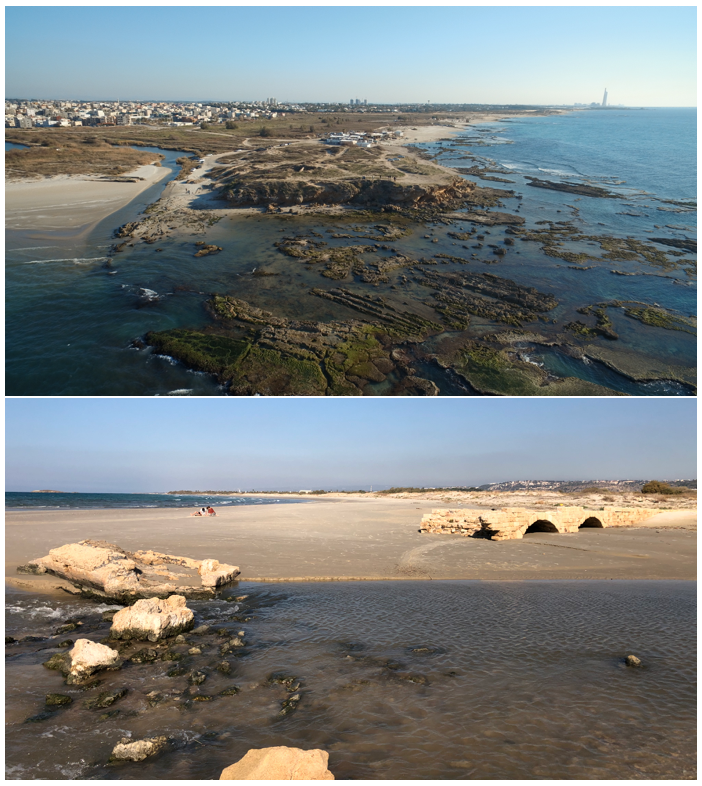
Excavations
Krokodeilon Expedition
2020
Krokodeilon (Tel Taninim, Israel) is nestled between the keys sites of Caesarea and Tel Dor on the Israeli coast. Its earliest occupation dates to the 8th c. BCE extends until the medieval period in the 14th c. CE. The preliminary season in 2020 will be terrestrial and drone survey, with a focus on mapping and digital imaging of exposed architecture and features. Exploration of Krokodeilon is aimed at answering key questions regarding the role of small harbors in regional and Mediterranean maritime networks, specifically during the Hellenistic and Byzantine periods; better understanding the possible occupation during the Roman period associated with the construction of the aqueduct complex; and Krokodeilon’s socio-political and economic relationship with Byzantine Caesarea as the city’s potential industrial zone. The initial season of preliminary exploration will explore the intricacies of the site to better formulate a detailed research agenda for a future multi-year excavation project.
Tel Kabri Excavations
2005 - Present, Tel Kabri, Israel
Tel Kabri is an archaeological site in northwestern Israel that is best known as the location of one of the largest palaces in Canaan during the Middle Bronze Age (ca. 2,000–1,500 BCE). The unique site boosts Aegean-style frescoes, complex palatial architecture, and one of the oldest and largest wine cellars in the ancient Near East, located in the storage rooms of the palace. The site continues to be excavated by the current team, bringing together students and scholars from all over the world to applying the most current methods of excavation such as residue analysis, petrographic analysis, detailed zooarchaeological study, neutron activation analysis, stable isotope analysis, and petrography to gain insights into some of the most important topics relevant to the understanding of complex human societies.


